Multiplex families
Recent articles
Null and Noteworthy: Modified MRI; father findings
This month’s newsletter tackles null findings from an attempted replication of a “revolutionary” MRI approach and an analysis of family genetics.
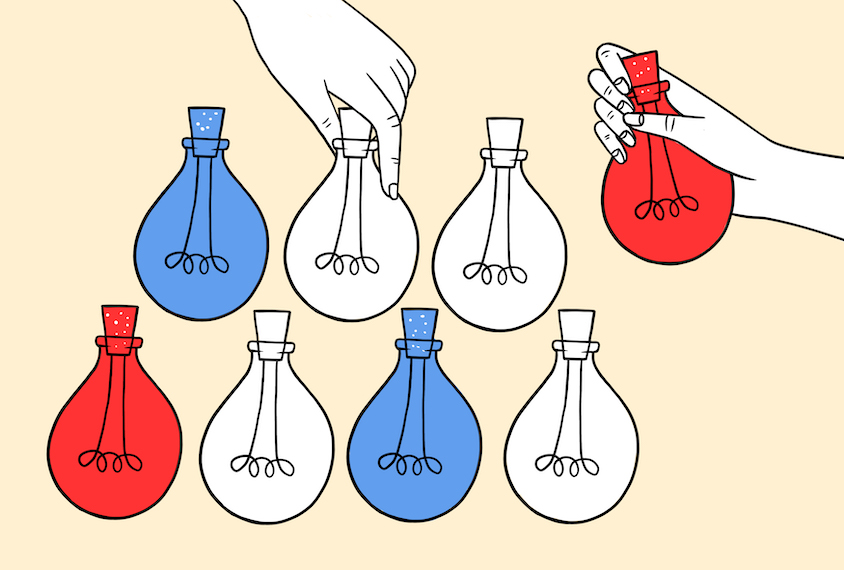
Null and Noteworthy: Modified MRI; father findings
This month’s newsletter tackles null findings from an attempted replication of a “revolutionary” MRI approach and an analysis of family genetics.
Whole-genome trove ties new genes, variants to autism
A massive update to the MSSNG dataset gives qualified researchers ready access to explore autism’s genetic architecture on a cloud-based platform.
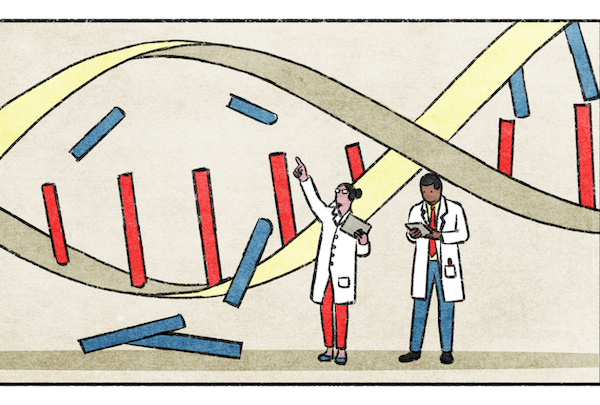
Whole-genome trove ties new genes, variants to autism
A massive update to the MSSNG dataset gives qualified researchers ready access to explore autism’s genetic architecture on a cloud-based platform.
Analysis ups estimate of spontaneous mutations’ role in autism
Spontaneous genetic mutations contribute to autism in 30 to 39 percent of all people with the condition, and 52 to 67 percent of autistic children whose siblings do not also have the condition.
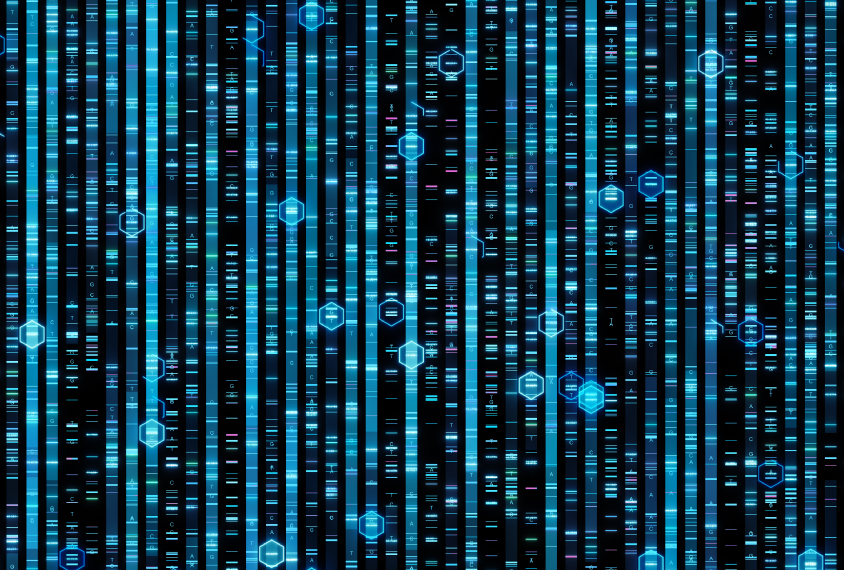
Analysis ups estimate of spontaneous mutations’ role in autism
Spontaneous genetic mutations contribute to autism in 30 to 39 percent of all people with the condition, and 52 to 67 percent of autistic children whose siblings do not also have the condition.
Ultra-rare variants point to new autism candidate genes
A large, whole-genome sequencing study of families yields insights into ultra-rare genetic variants that contribute to autism.
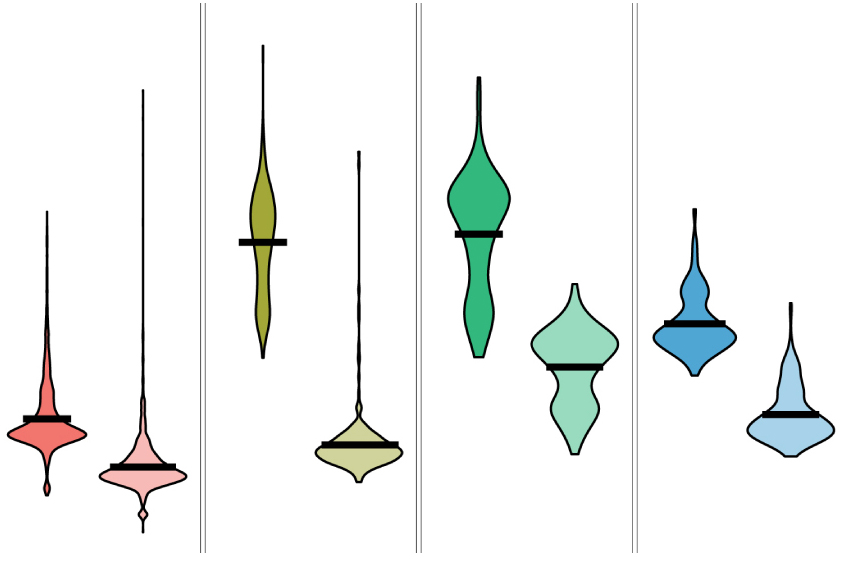
Ultra-rare variants point to new autism candidate genes
A large, whole-genome sequencing study of families yields insights into ultra-rare genetic variants that contribute to autism.
Analysis links 98 genes to neurodevelopmental conditions
Genetic sequences from nearly 53,000 people with autism, developmental delay or intellectual disability reveal strong ties to 98 genes.
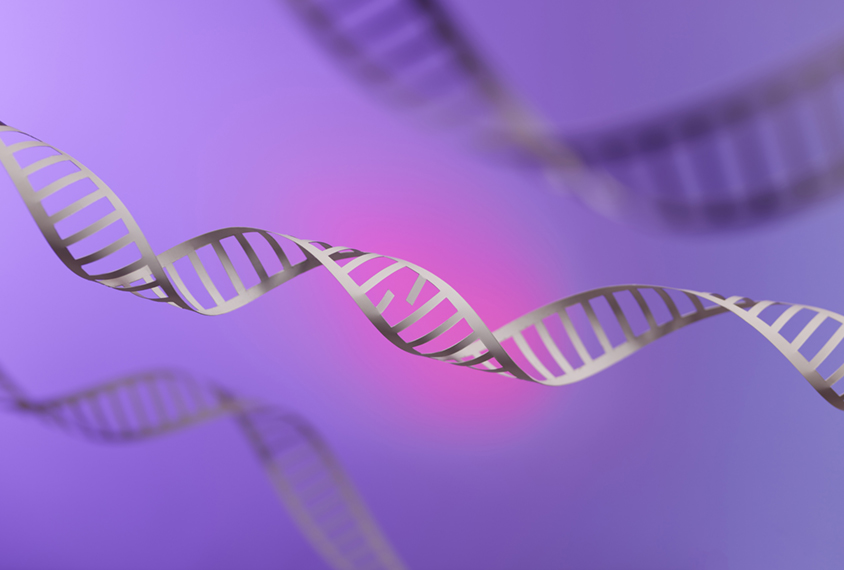
Analysis links 98 genes to neurodevelopmental conditions
Genetic sequences from nearly 53,000 people with autism, developmental delay or intellectual disability reveal strong ties to 98 genes.
Decade of data dents idea of a ‘female protective effect’
Brothers and sisters of people with autism are both about two to three times more likely than the general population to have an autistic child themselves.
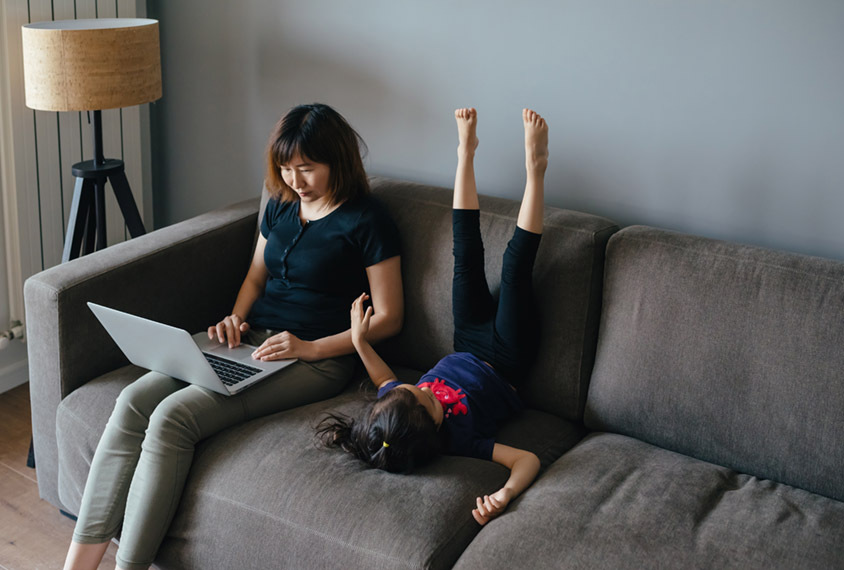
Decade of data dents idea of a ‘female protective effect’
Brothers and sisters of people with autism are both about two to three times more likely than the general population to have an autistic child themselves.
Whole-genome study lifts veil on inheritance patterns in autism
An analysis of whole-genome sequences from nearly 500 families has implicated 16 new genes in autism.
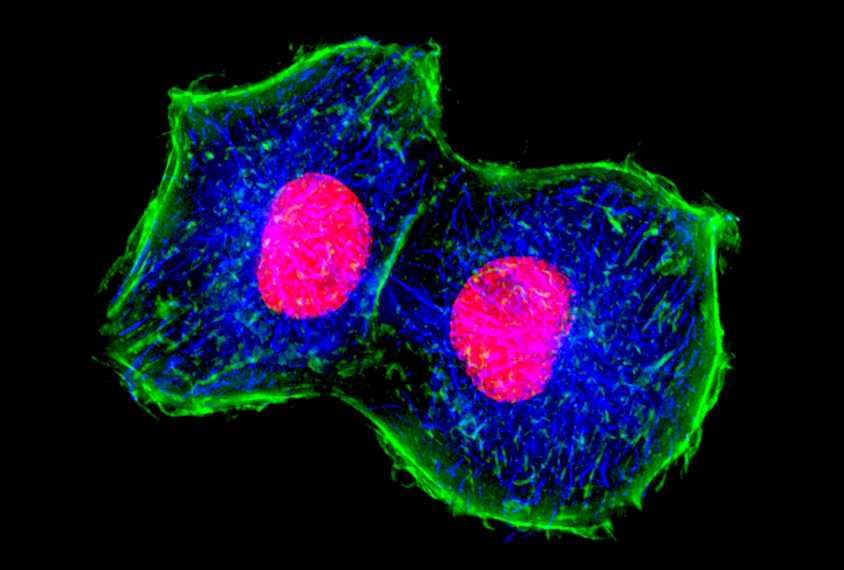
Whole-genome study lifts veil on inheritance patterns in autism
An analysis of whole-genome sequences from nearly 500 families has implicated 16 new genes in autism.
Genetics do-over; iffy influences; high-tech education and more
A re-analysis of data yields an increased estimate for the genetic contribution to autism, how the environment might contribute to autism is hard to pin down, and students on the spectrum describe the benefits of using technology at school.
Genetics do-over; iffy influences; high-tech education and more
A re-analysis of data yields an increased estimate for the genetic contribution to autism, how the environment might contribute to autism is hard to pin down, and students on the spectrum describe the benefits of using technology at school.
Mitochondrial risk; anxiety amelioration; fever factor and more
Some variants in mitochondrial DNA are more common than others in autism, cognitive therapy reduces anxiety for people on the spectrum, and maternal fever in the third trimester is tied to autism risk.
Mitochondrial risk; anxiety amelioration; fever factor and more
Some variants in mitochondrial DNA are more common than others in autism, cognitive therapy reduces anxiety for people on the spectrum, and maternal fever in the third trimester is tied to autism risk.
Sibling study bolsters role of common variants in autism
Children with autism are genetically more similar to one another than to a group of unaffected siblings.
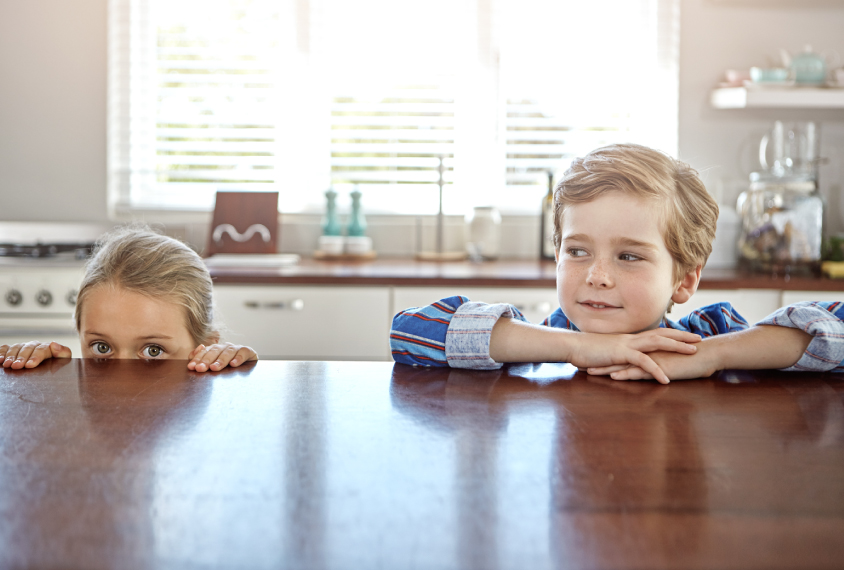
Sibling study bolsters role of common variants in autism
Children with autism are genetically more similar to one another than to a group of unaffected siblings.
Explore more from The Transmitter
Machine learning spots neural progenitors in adult human brains
But the finding has not settled the long-standing debate over the existence and extent of neurogenesis during adulthood, says Yale University neuroscientist Juan Arellano.

Machine learning spots neural progenitors in adult human brains
But the finding has not settled the long-standing debate over the existence and extent of neurogenesis during adulthood, says Yale University neuroscientist Juan Arellano.
Xiao-Jing Wang outlines the future of theoretical neuroscience
Wang discusses why he decided the time was right for a new theoretical neuroscience textbook and how bifurcation is a key missing concept in neuroscience explanations.
Xiao-Jing Wang outlines the future of theoretical neuroscience
Wang discusses why he decided the time was right for a new theoretical neuroscience textbook and how bifurcation is a key missing concept in neuroscience explanations.
Memory study sparks debate over statistical methods
Critics of a 2024 Nature paper suggest the authors failed to address the risk of false-positive findings. The authors argue more rigorous methods can result in missed leads.

Memory study sparks debate over statistical methods
Critics of a 2024 Nature paper suggest the authors failed to address the risk of false-positive findings. The authors argue more rigorous methods can result in missed leads.